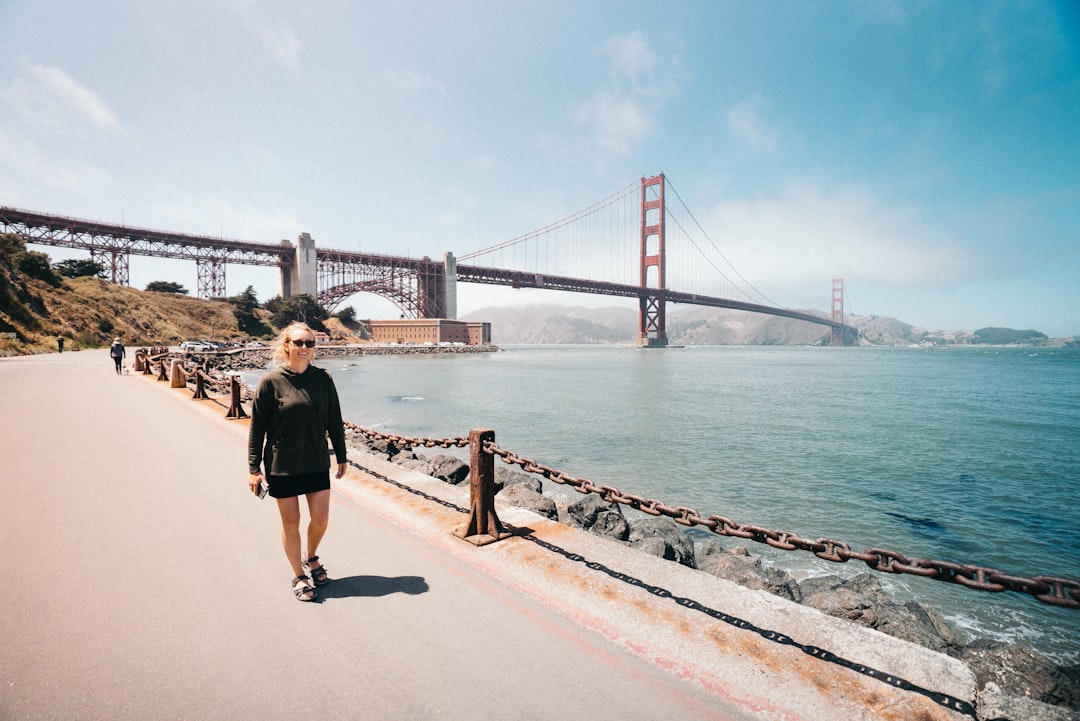Florida’s history is a tapestry woven from the threads of various cultures, conquests, and transformations. The story begins in the early 16th century when Spanish explorer Juan Ponce de León made landfall on the peninsula in 1513, claiming it for Spain and naming it “La Florida,” which translates to “land of flowers.” This marked the beginning of European interest in the region, although it would take nearly a century for significant settlement to occur. The Spanish established St. Augustine in 1565, which is recognized as the oldest continuously inhabited European-established settlement in the continental United States. This fortified city served as a strategic military outpost and a center for missionary activities aimed at converting the indigenous populations to Christianity. As the centuries progressed, Florida became a battleground for colonial powers. The British seized control of Florida in the early 18th century, only to return it to Spain after the American Revolutionary War. The Treaty of Paris in 1783 saw Florida once again under Spanish rule, but this was short-lived. In 1821, Florida was ceded to the United States, becoming a territory and later achieving statehood in 1845. The state’s history is marked by conflicts such as the Seminole Wars, which were fought between the U.S. government and the Seminole tribes, highlighting the struggles of Native Americans against encroaching settlers. The legacy of these events continues to shape Florida’s cultural landscape today.
Key Takeaways
- Florida has a rich history dating back to Spanish conquistadors and has evolved into a modern-day tourist destination.
- The Everglades and Key West are just a few of the must-see natural wonders in Florida that attract visitors from around the world.
- Orlando is home to the magical world of Disney, with theme parks that offer entertainment for all ages.
- Unique attractions in Florida include the Salvador Dali Museum and the Kennedy Space Center, showcasing the state’s diverse cultural and scientific offerings.
- Florida’s diverse wildlife, including manatees, alligators, and sea turtles, make it a unique destination for nature enthusiasts.
Must-See Natural Wonders: The Everglades, Key West, and More
Exploring the Everglades
Florida is famous for its breathtaking natural wonders, with the Everglades standing out as a UNESCO World Heritage Site and a unique ecosystem unlike any other in the world. This subtropical wilderness spans over 1.5 million acres and is home to a diverse array of flora and fauna, including endangered species such as the Florida panther and the American crocodile. Visitors can explore this vast expanse through airboat tours, hiking trails, and canoeing adventures that allow them to immerse themselves in the serene beauty of sawgrass marshes and mangrove forests.
A Paradise for Nature Enthusiasts
The slow-moving waters of the Everglades are teeming with life, making it a paradise for birdwatchers and nature enthusiasts alike. The area’s unique ecosystem is home to a wide variety of wildlife, and visitors can experience the beauty of nature up close.
Discovering Key West
Key West, located at the southernmost point of the continental United States, offers a different kind of natural wonder. Known for its stunning sunsets and vibrant coral reefs, Key West is a haven for snorkeling and diving enthusiasts. The waters surrounding the island are part of the Florida Keys National Marine Sanctuary, which protects an extensive coral reef system that is home to an abundance of marine life. Visitors can embark on boat tours to explore these underwater ecosystems or simply relax on the sun-kissed beaches that line the island.
The Magic of Disney: Exploring the Theme Parks in Orlando

Orlando is synonymous with theme parks, and at the heart of this entertainment hub lies Walt Disney World Resort.
Unique Attractions: From the Salvador Dali Museum to the Kennedy Space Center
| Attraction |
Location |
Visitor Count |
| Salvador Dali Museum |
St. Petersburg, Florida |
1 million annually |
| Kennedy Space Center |
Merritt Island, Florida |
1.5 million annually |
| Universal Studios |
Orlando, Florida |
10 million annually |
Beyond its theme parks, Florida boasts a wealth of unique attractions that reflect its diverse cultural heritage and scientific achievements. The Salvador Dali Museum in St. Petersburg is a prime example of this cultural richness.
Housing an extensive collection of works by the surrealist artist Salvador Dali, the museum features iconic pieces such as “The Persistence of Memory” alongside lesser-known works that showcase Dali’s innovative techniques and imaginative vision. The building itself is an architectural marvel, with its striking glass atrium resembling a melting clock—a nod to Dali’s most famous motif. Visitors can engage with interactive exhibits that delve into Dali’s life and artistic process, making it a must-visit for art enthusiasts.
Another remarkable attraction is the Kennedy Space Center Visitor Complex located on Merritt Island. This site serves as a gateway to NASA’s space exploration efforts and offers an immersive experience for those fascinated by space travel. Guests can witness historic spacecraft up close, including the Space Shuttle Atlantis, and learn about the missions that have shaped humanity’s understanding of space.
The center also features engaging exhibits that highlight the future of space exploration, including plans for Mars missions and commercial space travel. For many visitors, meeting an astronaut or experiencing a simulated launch provides an unforgettable glimpse into the challenges and triumphs of space exploration.
Florida’s Diverse Wildlife: Manatees, Alligators, and Sea Turtles
Florida’s diverse ecosystems provide habitats for an array of wildlife that captivates nature lovers and outdoor enthusiasts alike. Among its most beloved inhabitants are manatees, often referred to as “sea cows.” These gentle giants can be found in warm coastal waters and rivers throughout Florida, particularly in places like Crystal River where they gather during winter months. Manatee watching has become a popular activity for tourists seeking to observe these slow-moving creatures in their natural environment.
Conservation efforts have been crucial in protecting manatees from threats such as habitat loss and boat strikes, allowing populations to recover over time. Alligators are another iconic symbol of Florida’s wildlife. These formidable reptiles inhabit freshwater lakes, swamps, and marshes across the state.
Visitors can often spot alligators basking in the sun or gliding through the waters of the Everglades or various state parks. Airboat tours provide an exhilarating way to observe alligators in their natural habitat while learning about their role in maintaining ecological balance. Additionally, sea turtles nest along Florida’s beaches each year, with species such as loggerhead turtles making their way ashore to lay eggs during nesting season.
Conservation organizations work tirelessly to protect nesting sites and educate the public about these ancient mariners.
Exploring Florida’s Beaches: From the Gulf Coast to the Atlantic Coast

Florida is renowned for its stunning beaches that stretch along both its Gulf Coast and Atlantic Coast, each offering unique experiences for sun-seekers and water sports enthusiasts alike. The Gulf Coast is famous for its powdery white sand beaches and calm turquoise waters. Destin, often referred to as “The Emerald Coast,” boasts some of the most beautiful beaches in the state, attracting families looking for relaxation as well as adventure seekers eager to try their hand at fishing or water sports like paddleboarding and jet skiing.
On the other hand, Florida’s Atlantic Coast presents a different vibe with its lively beach towns and surf culture. Cocoa Beach is known for its proximity to Cape Canaveral and its excellent surfing conditions, making it a favorite among both locals and tourists. The beach is also home to iconic landmarks such as the Cocoa Beach Pier, where visitors can enjoy dining and entertainment while taking in panoramic ocean views.
Further south lies Miami Beach, famous for its vibrant nightlife and Art Deco architecture along Ocean Drive. Here, visitors can soak up the sun on South Beach or explore trendy shops and restaurants that line Collins Avenue. In summary, Florida’s beaches offer something for everyone—whether it’s lounging under swaying palm trees on tranquil shores or engaging in thrilling water activities along bustling coastlines.
Each beach destination contributes to Florida’s reputation as a premier vacation spot where natural beauty meets recreational opportunities.
If you’re intrigued by the diverse attractions and interesting facts about Florida, you might also enjoy exploring more about other places.
For instance, North Carolina offers a rich tapestry of historical landmarks, natural beauty, and cultural experiences that are well worth discovering. From the majestic Appalachian Mountains to the serene beaches of the Outer Banks, North Carolina has something to offer every traveler. To learn more about what makes North Carolina a fascinating destination, check out this related article: North Carolina: Facts and Places to Visit.
FAQs
What are some interesting facts about Florida?
– Florida is the 22nd largest state in the US and the 3rd most populous.
– It is the only state that borders both the Gulf of Mexico and the Atlantic Ocean.
– Florida is known as the “Sunshine State” due to its warm climate and abundant sunshine.
– The state is home to the Everglades, the largest tropical wilderness of any kind in the US.
What are some popular places to visit in Florida?
– Walt Disney World Resort in Orlando
– South Beach in Miami
– The Florida Keys
– Everglades National Park
– Kennedy Space Center
What are some things to see in Florida?
– Beautiful beaches along the coastline
– Diverse wildlife in the Everglades
– Art deco architecture in Miami’s South Beach
– Space shuttle launch sites at Kennedy Space Center
– Historic sites such as St. Augustine, the oldest city in the US.












